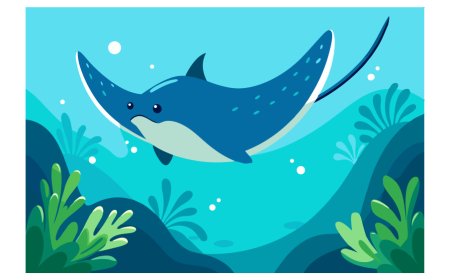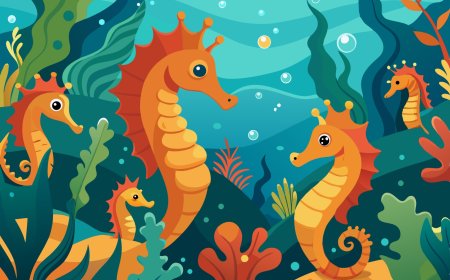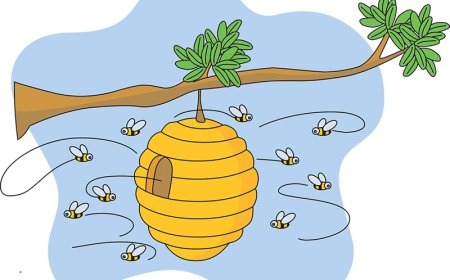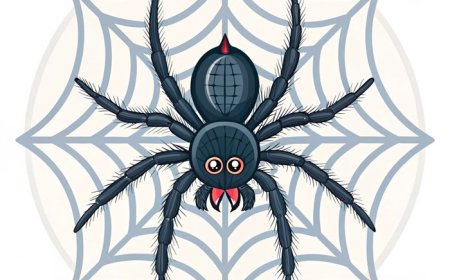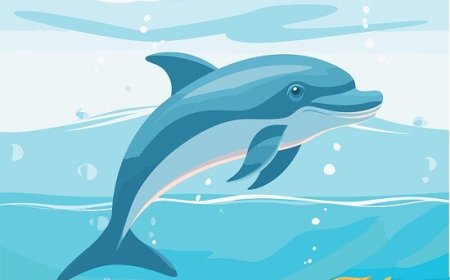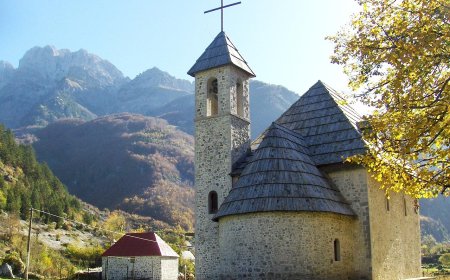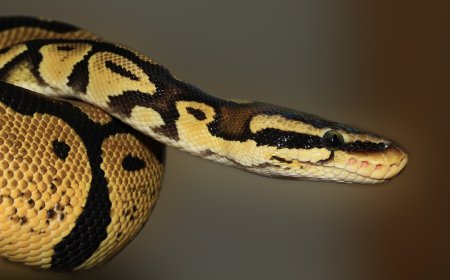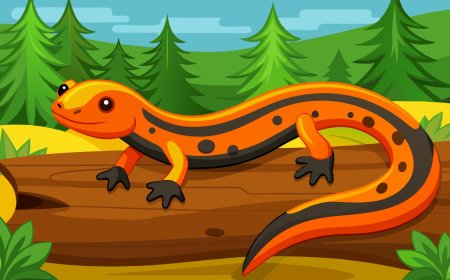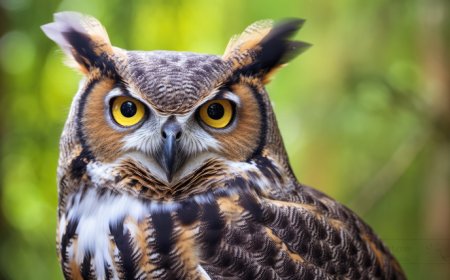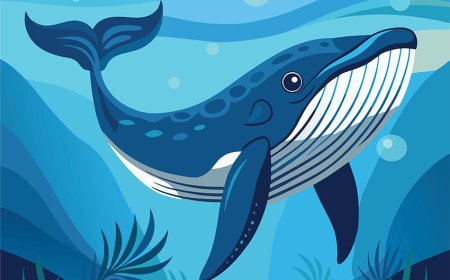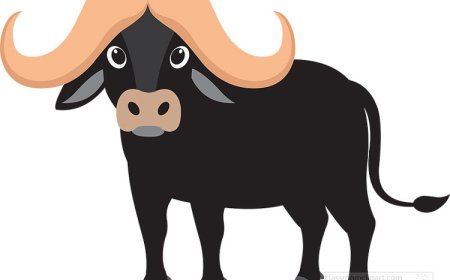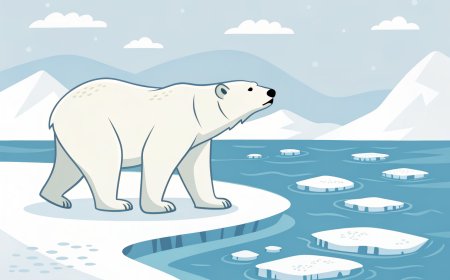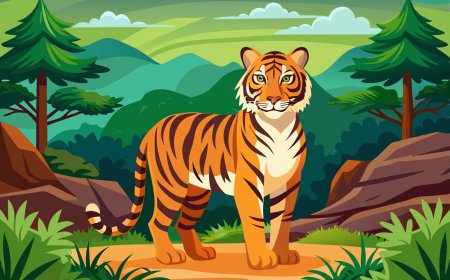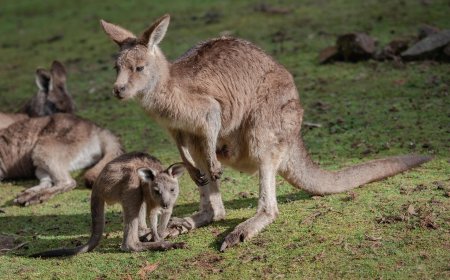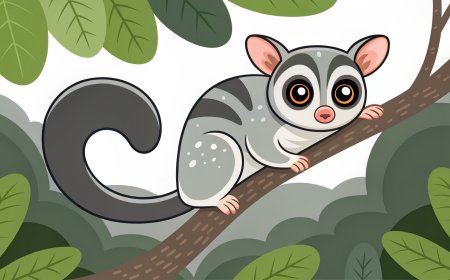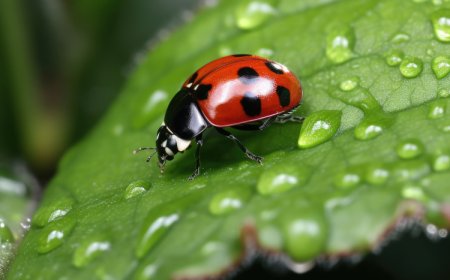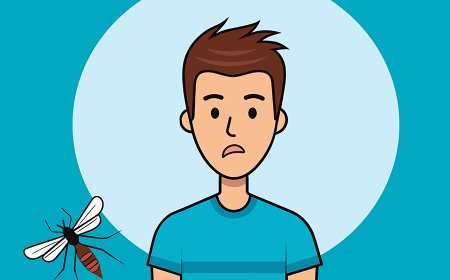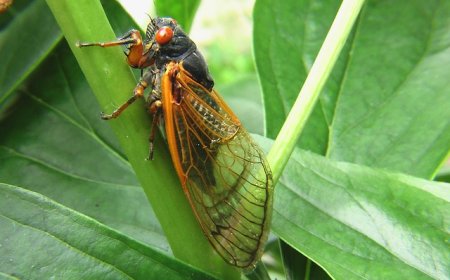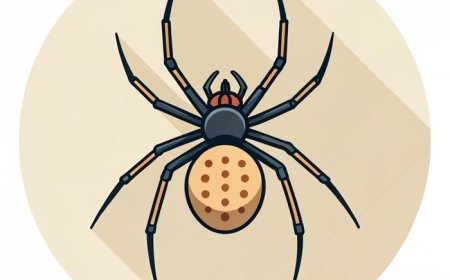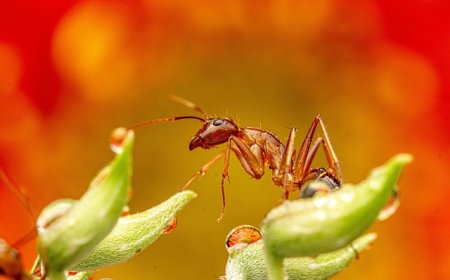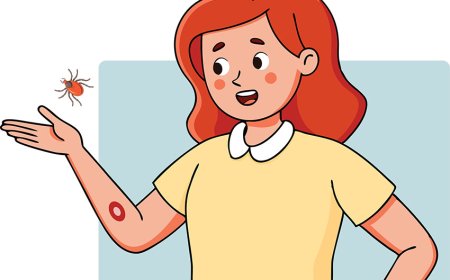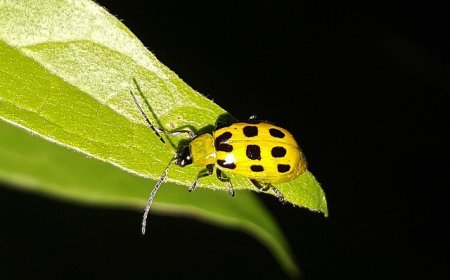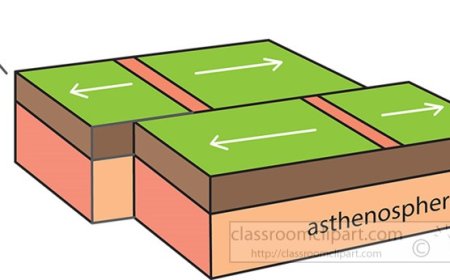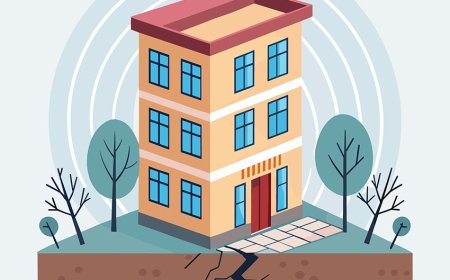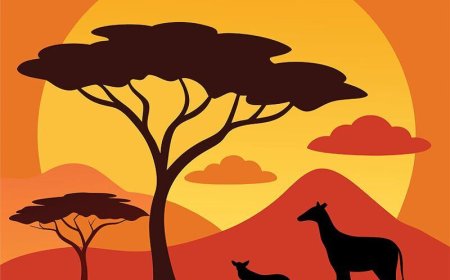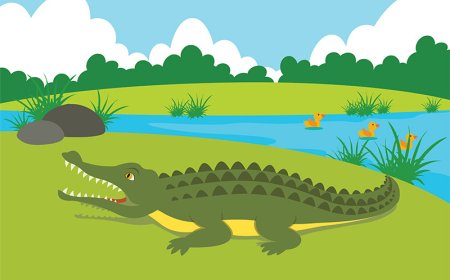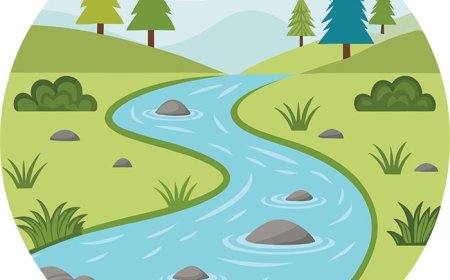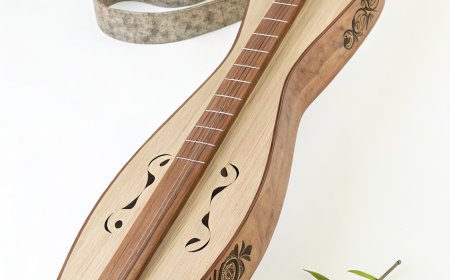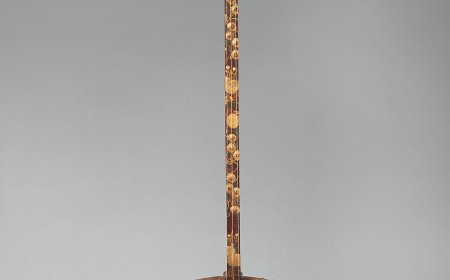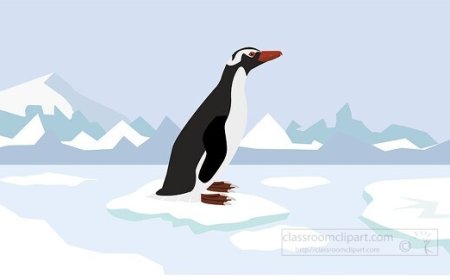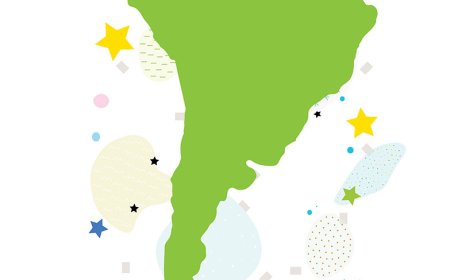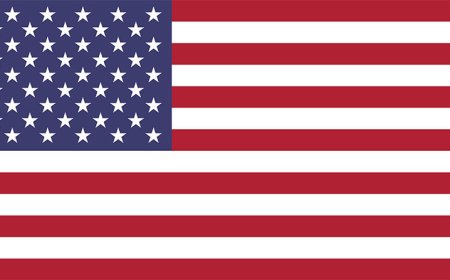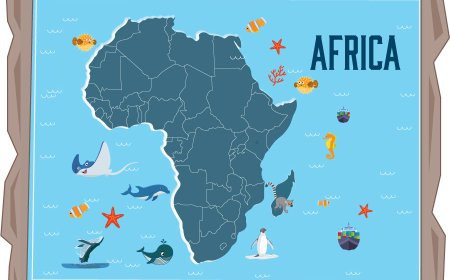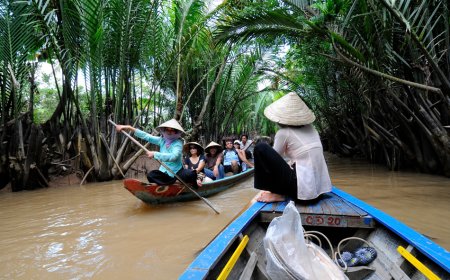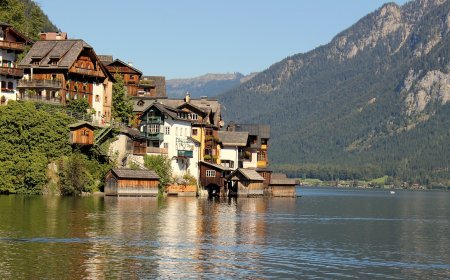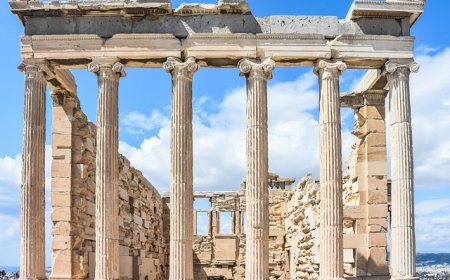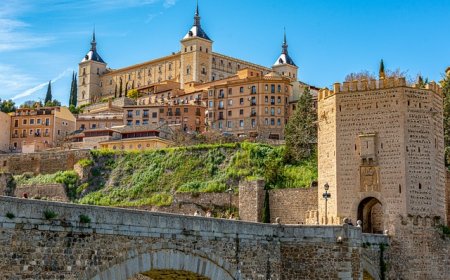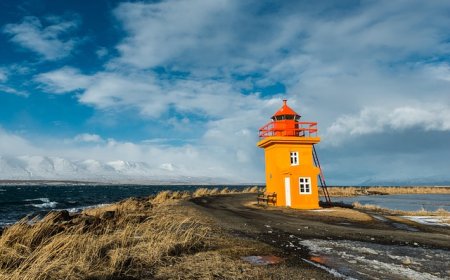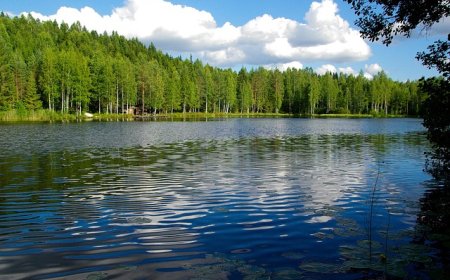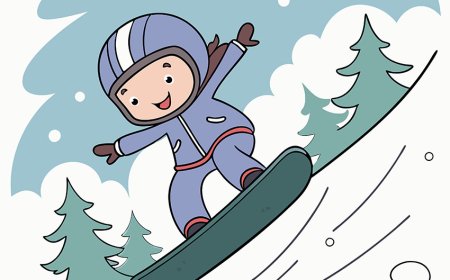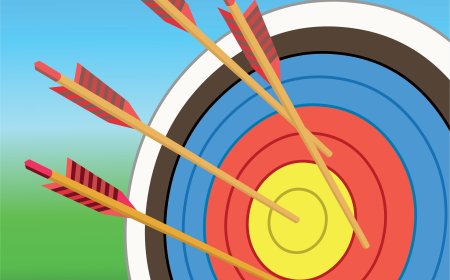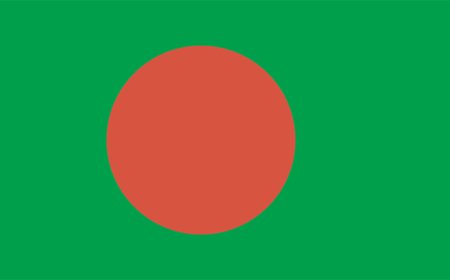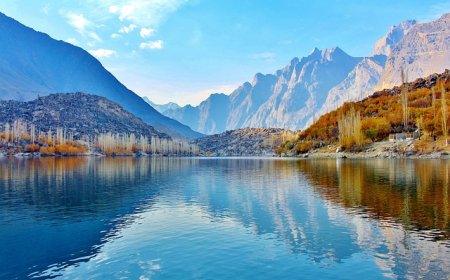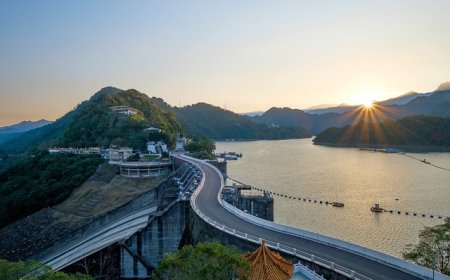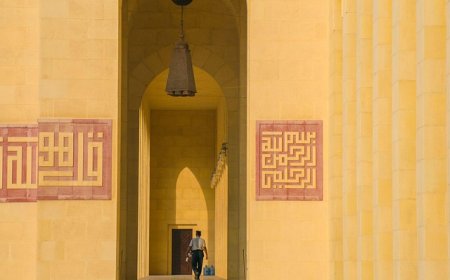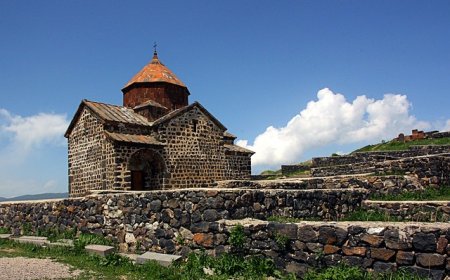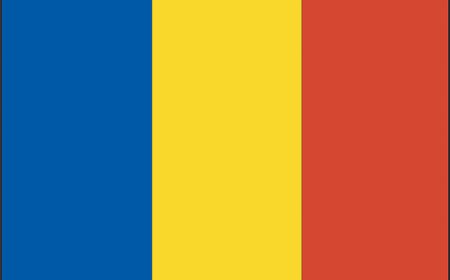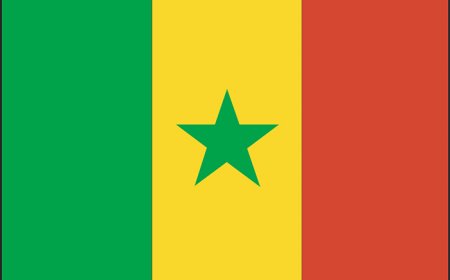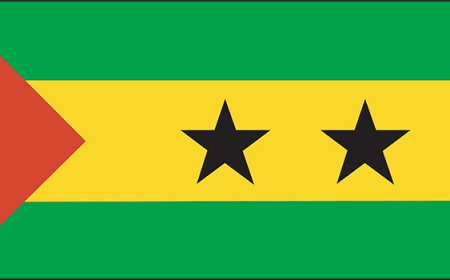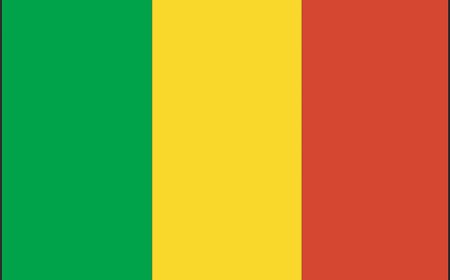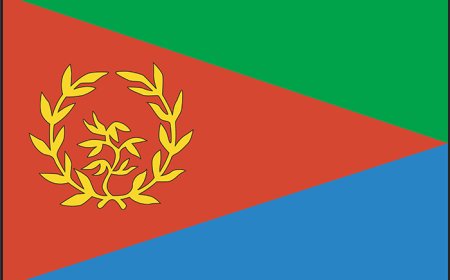he Gambia for Students: Geography, Culture, and History of West Africa’s Smallest Nation
Discover the geography, history, and cultural traditions of The Gambia in this student-friendly country profile. Includes quiz, vocabulary, and national education standards.
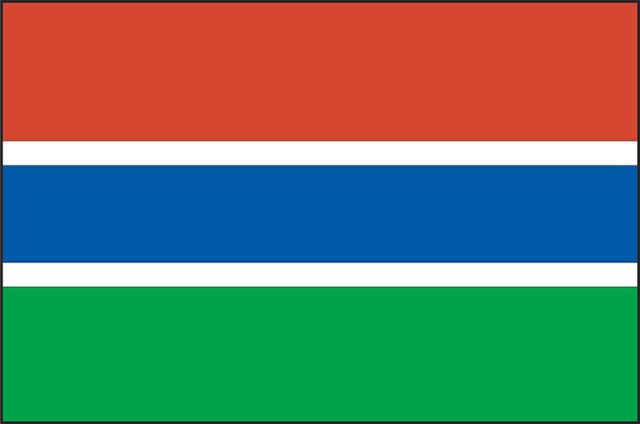
🌍 Introduction: A Small Country Built Around a Great River
The Gambia may be one of the smallest countries in Africa, but it has a large and lively spirit. Surrounded on three sides by Senegal, it stretches like a ribbon along the Gambia River, from the Atlantic Ocean deep into West Africa. This river shapes the nation’s geography, history, and economy.
Known for its friendly people, colorful traditions, and strong cultural identity, The Gambia is also recognized for its peaceful reputation and its role in preserving African heritage, including the story of Kunta Kinte, made famous in the book and TV series Roots.
🗺️ Geography and Environment
The Gambia is only about 480 kilometers (300 miles) long and 50 kilometers (30 miles) wide, making it the smallest country on mainland Africa. It is almost completely surrounded by Senegal, except for its western border along the Atlantic Ocean.
The Gambia River runs through the middle of the country and is its most important natural feature. It provides water for farming, fishing, and transportation. The land on both sides of the river includes fertile plains, mangroves, forests, and savannas.
The climate is tropical, with a rainy season from June to October and a dry season the rest of the year. The country has national parks and reserves like Kiang West and River Gambia National Park, home to hippos, monkeys, crocodiles, and many birds.
🏛️ Government, Language, and Population
The Gambia is a republic with a president elected by the people. After gaining independence from Britain in 1965, it remained peaceful for many years, though it experienced a military rule from 1994 to 2017. Since then, democratic elections have helped restore civilian government.
The capital city is Banjul, located on an island at the mouth of the river. However, the largest urban area is Serekunda, where most people live and work.
The population is around 2.8 million, and The Gambia is home to several ethnic groups, including the Mandinka, Fula, Wolof, Jola, and Serahule. People often speak their ethnic languages along with English, which is the official language used in schools and government.
Islam is the major religion, and about 95% of the population are Muslims, though Christianity and traditional beliefs are also practiced.
The currency is the dalasi (GMD).
🎭 Culture and Daily Life
Gambian culture is rich in oral storytelling, music, community events, and religious traditions. Storytellers called griots pass down history, family stories, and lessons through songs and spoken word.
Drumming and dance are essential at celebrations such as naming ceremonies, weddings, and religious holidays. Traditional instruments include the kora (a 21-string harp-like instrument), balafon (a wooden xylophone), and djembe (a hand drum).
Daily life varies between rural villages and urban towns. In rural areas, families often live in compounds, grow their own food, and work together. In cities, people work in markets, schools, government offices, or tourism.
Food in The Gambia includes dishes like domoda (a peanut stew with meat or fish), benachin (a one-pot rice dish), and yassa (a tangy chicken or fish dish with onions and lemon). Meals are often eaten together from a shared bowl, and tea is served as a sign of hospitality.
📜 History: From Empires to Independence
The area now known as The Gambia was once part of powerful empires, including the Ghana Empire, the Mali Empire, and the Songhai Empire. These empires controlled trade routes across West Africa, especially for gold and salt.
In the 1400s, Portuguese and later British traders arrived, followed by centuries of slave trade, with the Gambia River used to transport enslaved Africans. One of the most famous stories from this time is that of Kunta Kinte, a young Mandinka man taken from the village of Juffureh. His story was told by his descendant, Alex Haley, in the book Roots.
The Gambia became a British colony in the 1800s and remained under British control until it gained independence in 1965. The country became a republic in 1970 and continues to develop its democratic systems today.
💰 Economy and Resources
The Gambia has a small economy based on farming, fishing, tourism, and trade. Most people work in agriculture, growing peanuts (groundnuts), millet, maize, and rice. Peanuts are the main export crop.
Fishing in the river and ocean provides food and jobs. The tourism industry brings visitors to the country’s beaches, nature reserves, and historic sites, especially during the dry season.
The government and global partners are working to improve schools, healthcare, and infrastructure, but challenges remain, including poverty, unemployment, and climate change effects.
🌿 Wildlife and Natural Beauty
Though small, The Gambia is rich in biodiversity. The River Gambia National Park protects chimpanzees on Baboon Island, while Abuko Nature Reserve near the capital is home to monkeys, birds, crocodiles, and small antelope.
Birdwatchers come from around the world to see over 500 species of birds, including hornbills, kingfishers, and eagles. The Gambia River and mangrove swamps are essential for fish, birds, and plant life.
Tourism in nature areas encourages conservation and eco-tourism, helping protect the environment while supporting local communities.
📚 Vocabulary List
Word Definition
Griot A traditional West African storyteller and musician
Dalasi The currency of The Gambia
Domoda A Gambian stew made with peanut sauce
Kora A stringed instrument similar to a harp
Mangrove A type of tree that grows in coastal swamps
Gambia River The main river running through the country
Independence Freedom from colonial rule
Savanna A grassy plain with few trees, found in Africa
🧒 Kid-Friendly Summary
The Gambia is Africa’s smallest mainland country, but it’s full of history, music, and nature. The Gambia River flows through the center and helps people fish and grow crops. People speak English and local languages and enjoy meals like domoda and rice. Storytelling, music, and dancing are part of everyday life. Visitors come to see animals like monkeys, hippos, and birds in parks. The Gambia is peaceful, proud, and full of friendly people.
🎯 Interactive Quiz: What Do You Know About The Gambia?
1. What is the capital of The Gambia?
a) Bissau
b) Dakar
c) Banjul
d) Serekunda
2. What river flows through The Gambia?
a) Nile River
b) Congo River
c) Niger River
d) Gambia River
3. What is domoda?
a) A river
b) A type of clothing
c) A peanut stew
d) A musical instrument
4. What is a griot?
a) A type of bird
b) A traditional storyteller
c) A government official
d) A market seller
5. What is the official language of The Gambia?
a) French
b) Arabic
c) English
d) Wolof
6. What is the name of the musical instrument similar to a harp?
a) Balafon
b) Djembe
c) Kora
d) Flute
7. When did The Gambia gain independence?
a) 1957
b) 1965
c) 1973
d) 1980
8. What is The Gambia’s main export crop?
a) Cocoa
b) Bananas
c) Peanuts
d) Coffee
